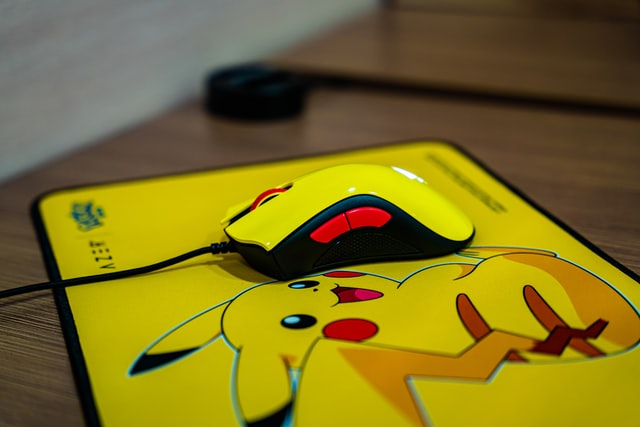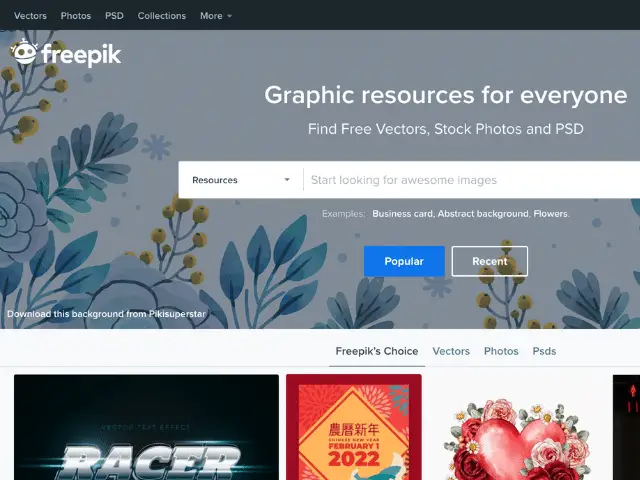You don’t have to be a professional designer to develop a commercially profitable POD business. It is possible to look for new ideas on photo stocks and add them to your prints. For example, you can use Freepik images for products of your store. However, several essential nuances must be considered if your activity has commercial purposes.
What Is Freepik?
Freepik is a popular source for stock photos, illustrations, and vectors. The content on the website is created by designers or uploaded by the participants. The main advantage of Freepik is its accessibility. The website works on the Freemium model: some content is free if a link to the resource is specified, but you need to purchase a subscription to access premium icons and images.
The content on the website is divided into several categories: vectors, icons, photos, PSD. When searching, you can choose which objects you are interested in: Free or Premium. The terms of use depend on this. If you want to get free content, you must specify copyright in one of the ways: “Designed by Freepik” or write an author’s name. If you buy premium, this attribute is optional. Remember that if you download third-party photos, even for personal use, it is necessary to stick to copyright licenses.
Applying the latest web design trends to print on demand business
Can I use Freepik for print on demand?
Yes, it is allowed to work with Freepik in the print-on-demand industry. But this is more difficult than it seems at first glance. You cannot take any image, place it on a T-shirt, and sell it in your store. It is against the first rule set by the website administration.
The Usage Guide states that elements from Freepik in your prints should not be main. What does it mean? You can place the website’s visual content on your product in only two ways: as a background or as a secondary element. A central image should be based on designs developed by you or other designers.
The connection between Freepik and print on demand is not easy to trace, especially if you're just starting a business in this area. Let's look at what the main and secondary element means in your design.
- Main. Content placed on the product plays a more important role than other components and grabs attention first. Examples: you download a picture and post it on a shirt for sale; you slightly change the orientation and color; you add your decals and small patterns, but the downloaded design is still central.
- Secondary. Content is placed on the product as an additional element and does not stand out from the overall composition. Examples: you develop your design where the icon takes up little space and is not conspicuous; you use the Freepik template as a background that attracts less attention than the text added to it.

The type of product on which the print is applied does not matter. Rules are the same for clothing, tableware, fashion accessories, mousepads, and so on. If an image for print on demand takes up a lot of the design on your product and gets too attention-grabbing, you are a rule breaker. It applies to all users, whether you have a subscription or not…






